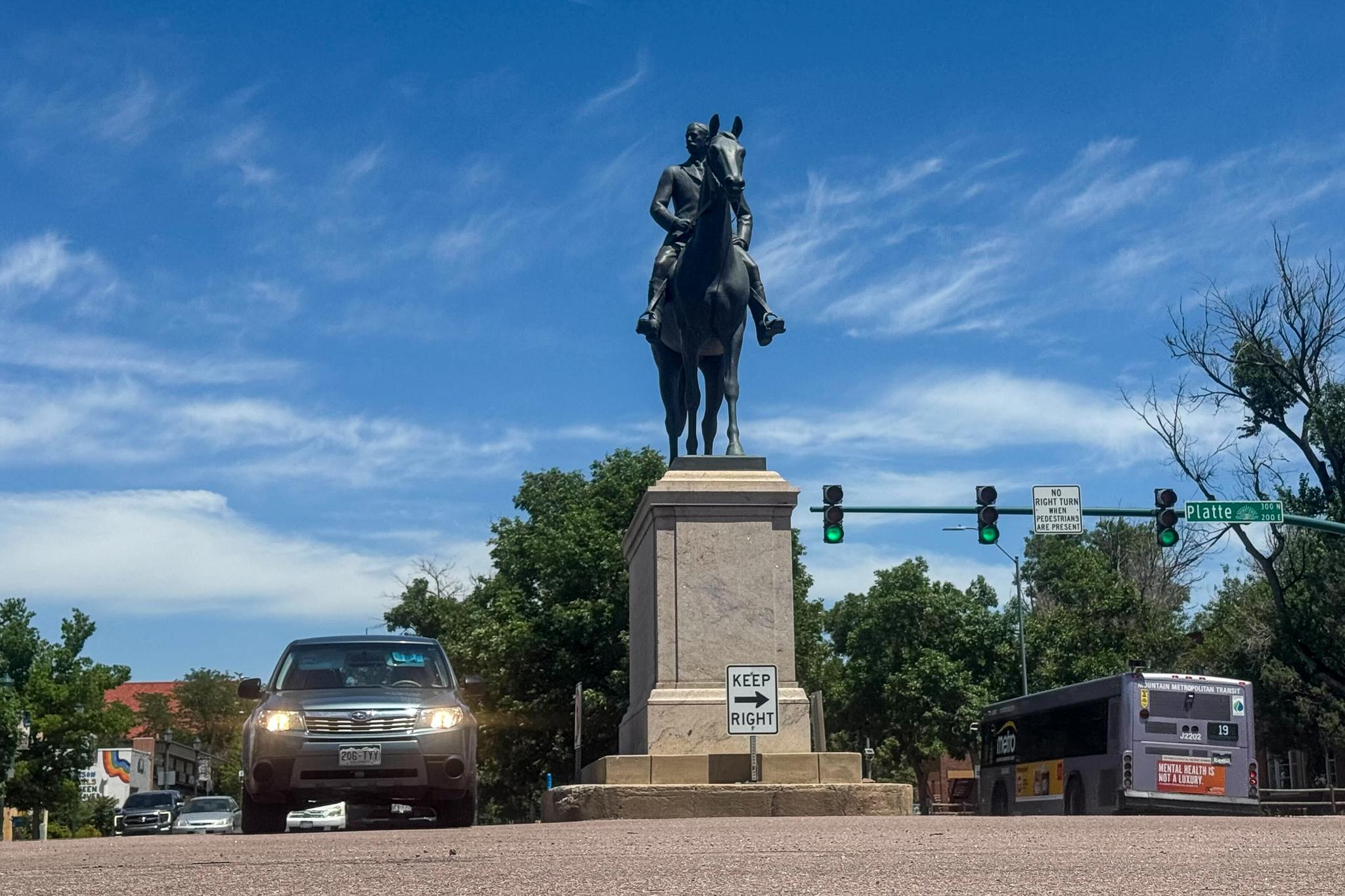
Larry Davidson was a country boy. He wore pressed jeans and a big belt buckle, scuffed cowboy boots, and plaid flannel shirts. We were twelve and in sixth grade at a brand new school on the edge of Nashville, Tennessee, set between half-built subdivisions of split-level houses and rolling farm meadows dotted with grazing horses and cows.
My family had moved from small town Kentucky into our split-level that year, and Larry’s family farmed acreage farther north, out in the county. The paths we took to school, no matter from which direction, followed the contours of wild and winding Seven Mile Creek.
It was 1966, and we swayed to the tunes that flooded out of our transistor radios: The Beatles, The Supremes, The Temptations and Four Tops, Percy Sledge, Wilson Pickett — sexy love songs we girls sang together over our princess phones, thrilling to their lyrics and completely misunderstanding them.
I was a new girl, bent as new girls often are, on becoming one of the popular kids. Larry, with his twang and ain’ts and spitting like a man out on the playground was not one of the kids whose favor or friendship I coveted. He was as plain and uncool as a boy could possibly be with his crewcut hair and scrubbed ears. I sat behind him in the second row and gazed longingly toward the city kids who lived in suburban splendor with built-in avocado kitchen appliances, sectional sofas, shag rugs, and fancy stereos.
On Valentine’s Day, I wanted a declaration of love from Allen, the boy in our class who would be voted Most Likely To Break a Girl’s Heart, a swaggering, blue-eyed wannabe hoodlum who let his sandy hair grow long enough to sweep an eyelash when it fell out of place.
Forty-five years later, out here in the middle distance, I don’t want a declaration of love but I wouldn’t mind having a valentine. Flowers, maybe, and a bottle of good wine over a long dinner. Some Sam Cooke in the background.
It’s the curse and the Catch-22 of post-divorce, empty nested, middle aged women like me that with the freedom we love comes uncertainty about whether we will love again, whether we want to bother, and whether our ambivalence will leave us craggy and old, solitary and uncared for at the end of our lives. We think about these things around Valentines Day when we notice it’s been a long time since a whisper in our ear sent a tingle down our spine.
We fear being alone at the end of life, but know for sure we don’t want to share a bathroom now. We cringe at the thought of morning breath and checking in and agreeing on where to go for a vacation. But we wouldn’t mind a travel mate, a dinner companion, an arm to loop ours through, a valentine.
Had I come up in another era, I might have just resigned myself to being an old maid, wearing my eccentricity like a matted fur coat; or I might have become the mid-life wife of a widowed older man who needed somebody to cook and wash dishes and feed the chickens.
But in my generation, it’s not so simple. We envy the rare couples we know who’ve stayed together and still love each other, but we mistrust their happiness. We treasure our hard-won autonomy and long for the fluttery breath catch of new attraction. We dread the unveiling of jowls, a belly roll, and wrinkled knees — both ours and his.
On Valentines Day, 1966, we departed from our regular afternoon social studies work to distribute our valentines. Everyone gave everyone else a store-bought card in a flimsy envelope, and maybe a chalky candy heart or two, dropped into the slotted shoeboxes we’d brought from home, decorated with red and white construction paper, lace doilies, and ribbon.
As I settled back into my desk, waiting for the bell to ring, Larry Davidson bent over and dug around beneath his seat, then pulled out something big and red, a heart-shaped box as big as a dinner plate. Without a word, he turned around and set it on top of my desk, then turned back to face the front of the room. His ears were as red as the box of Brock’s chocolate covered cherries.
Stunned to silence, I slipped the box into my lap and glanced around to see if anyone else was watching. The loud departure bell shattered the moment. Larry walked out the classroom door. I didn’t even say thank you.
Kathryn Eastburn is the author of A Sacred Feast: Reflections of Sacred Harp Singing and Dinner on the Ground, and Simon Says: A True Story of Boys, Guns and Murder in the Rocky Mountain West. You can comment and read or listen to this column again at The Big Something at KRCC.org. “The Middle Distance” is published every Friday on The Big Something and airs each Saturday at 1 p.m. right after This American Life.








